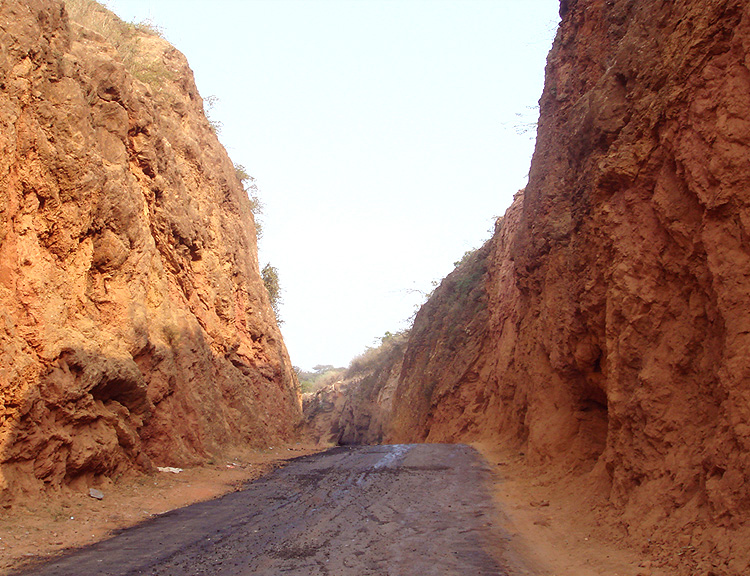
Battle for honour The battle of Haldighati was not just one of the many fierce clashes between the Mughal and Rajput forces to annexe land or retrieve it`A0(in case of Rajputs). It was the battle for the Rajputana honour. Many powerful kings of Rajasthan, including those of Jaipur, Bikaner and Boondi, were with Akbar. Rana Pratap had already alienated them by taunting how they had given their daughters and sisters to Akbar to barter peace. James Tod, in his highly acclaimed book Annals and Antiquities of Rajasthan, recorded that the great Rana took on Akbar despite all odds. After all efforts by Akbar to win over Rana Pratap failed, the Mughal king sent his son Salim to lead the battle. Aided by the advisers of Maharaja Maan Singh of Jaipur, whose sister Jodha was the mother of Prince Salim, the Mughals amassed their force in the valley. The great Rana, too, had been looking for such an oppurtunity.

Haldighati provided him the best opportunity. He observed that the Mughal forces had camped on a large ground in the valley, which later came to be known as Badshah Bagh. Rana enticed the forces to march towards the treacherous valley, where he had strategically placed the gallant Bhil tribals.
When the Mughal forces marched through the narrow gorge called the Neck of Haldighati, the tribals attacked and butchered them mercilessly. Several attempts of passing the narrow and deep ravine suggested domain namesfailed as thousands lay slain.
The demoralised Mughal forces were pushed to the wall. The brave and clever Rana then attacked the Mughal camp. The Rana's horse, whose tale of valour and duty is as immortal as his rider, looked different that day. Pratap had put an elephant's mask, including the trunk and the teeth, on the face of the horse. This was done to confuse the elephant of Raja Maan Singh.
The ploy succeeded as Chetak successfully brought the Rana within striking distance of Maan Singh. Providence saved him as he managed to flee, hiding under the seat on the elephant.
Rana Pratap and his soldiers followed the fleeing Mughal forces. In its enthusiasm and over-confidence, the Rana's army forgot that the combined forces of the Mughals and Rajputs still outnumbered it. Both armies came face to face in a large ground where, according to historians, thousands died in a battle that lasted for four hours.
Both sides suffered huge losses. Chetak succumbed to injuries but only after it had taken his master to safety, jumping a wide river only on three legs. And as Rana wept at the loss, skies too cried in form of rain, forming the Rakt Talai (pond of blood). Folklore has it that red sand came out while digging centuries after the famous battle.